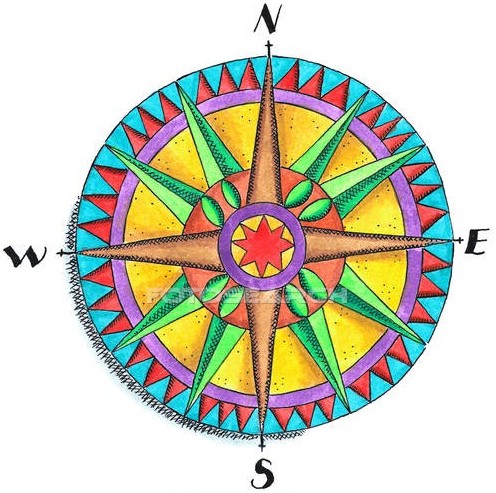
England
& Wales Hardwicke Marriage Index
Marriages
1754 - 1837
Ospringe St Peter & St Paul
 |
England
& Wales Hardwicke Marriage Index |
The ParishThe parish of Ospringe lies in northeastern Kent not too far from its northern coastline with the Swale Estuary. Ospringe is located roughly 3/4 of a mile southwest of the market & brewing town of Faversham and sits on the A2 road which links London with Canterbury. Early maps show Ospringe as a discrete village, separated from Faversham by fields and the site of gunpowder mills, a crossroads village gathered around the junction of the A2 with Water Lane, a further straggle of properties lining the latter lane to the church. Today Faversham has expanded such that Ospringe has become merely its southwestern suburb. Ospringe has early history, some believe it to have been the site of the Roman station of Durolevum, whilst the establishment of a major hospital, The Maison Dieu, made it a prominent way-station along the route to Canterbury from 1234 to its dissolution in 1516. Like most Kent parishes Ospringe made its living from farming, a mixture of arable and the traditional Kent crops of fruit and hops, the parish was also well-wooded with over 15% of the parish acreage in woodland management. The gunpowder mills also provided income to the area shared with its larger neighbour. Modern developments have come to the parish, the London to Canterbury railway line lies just north of the A2 whilst to Ospringe's south the modern M2 motorway passes through also headed for Canterbury. Oare Creek and its feeder streams drain the parish the short distance to the outer Swale Estuary headed ultimate into the North Sea. Ospringe is sited at around 15 metres above the sea sitting on Kent's northern coastal plain which gradually rises inland to reach 80 metres a few miles to the southwest. Ospringe parish was a large one in its county, covering almost 2,800 acres which would have supported a population of around 1,000 parishioners. In Domesday times Ospringe was equally a substantial settlement, large enough by population to be amongst the largest 20% recorded, held by Bishop Odo of Bayeux its assets were equally profitable, 14 ploughs were backed by the usual meadows and woodland with profitably also a mill, a fishery and a salthouse. |
 |
|
|

|
| Register No | Covering Dates | Deposited With | Register Style | Quality Standard | Comments |
| 1 | 10th July 1754 - 25th December 1812 | Canterbury Cathedral Archives - Reference U3/123/1/8 | Standard preprinted and self-numbered Marriage register with 4 entries per page | Grade 2 Register - not a perfect read but with a low likelihood of misreads | None |
| 2 | 24th February 1813 - 20th February 1837 | Canterbury Cathedral Archives - Reference U3/123/1/9 | Standard Rose style preprinted and prenumbered Marriage register | Grade 2 Register - not a perfect read but with a low likelihood of misreads | None |
|
Luddenham
St Mary
Davington St Mary Magdalen |
Faversham
St Mary of Charity
|
|
 |
Preston
next Faversham St Catherine
|
|
|
Eastling
St Mary
|
Throwley
St Michael & All Angels
|
Sheldwich
St James
|
1760 1770 1780 1790 1800 1810 1820 1830
Corrections to Tinstaafl Transcripts